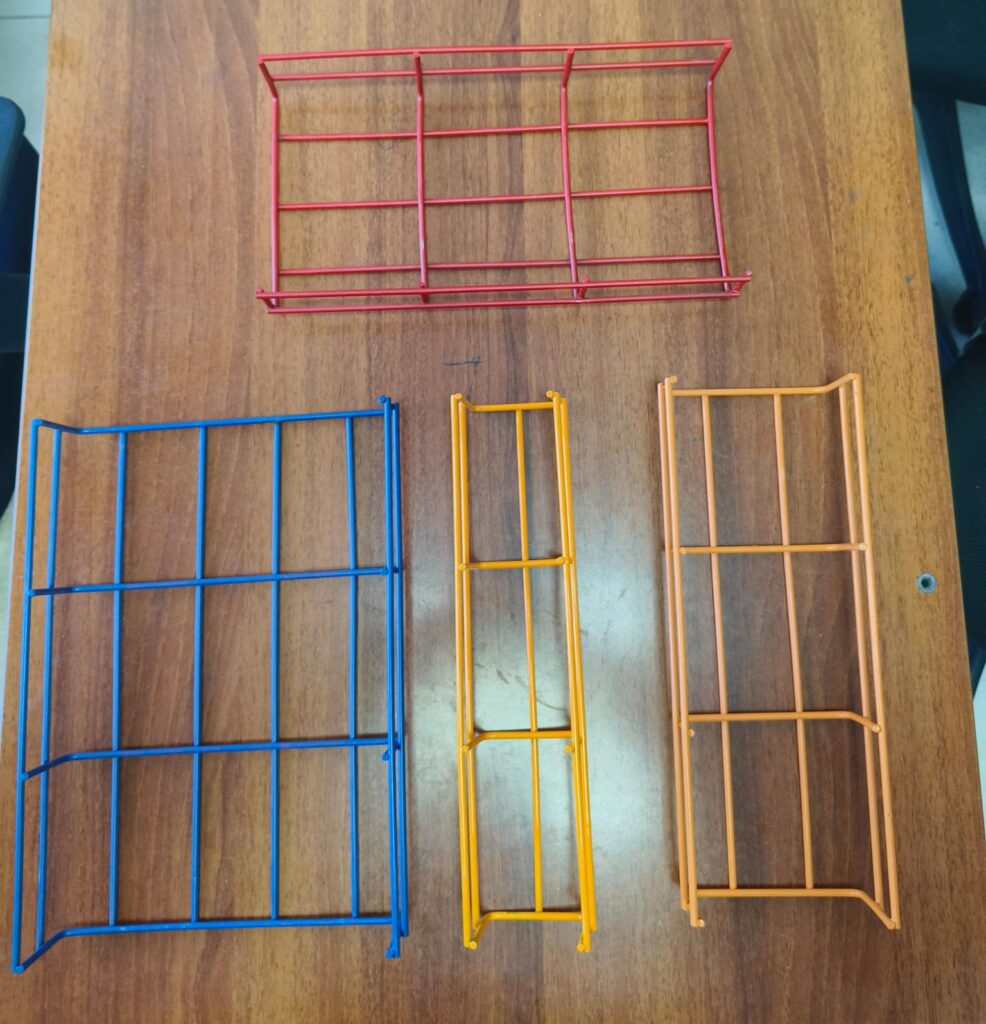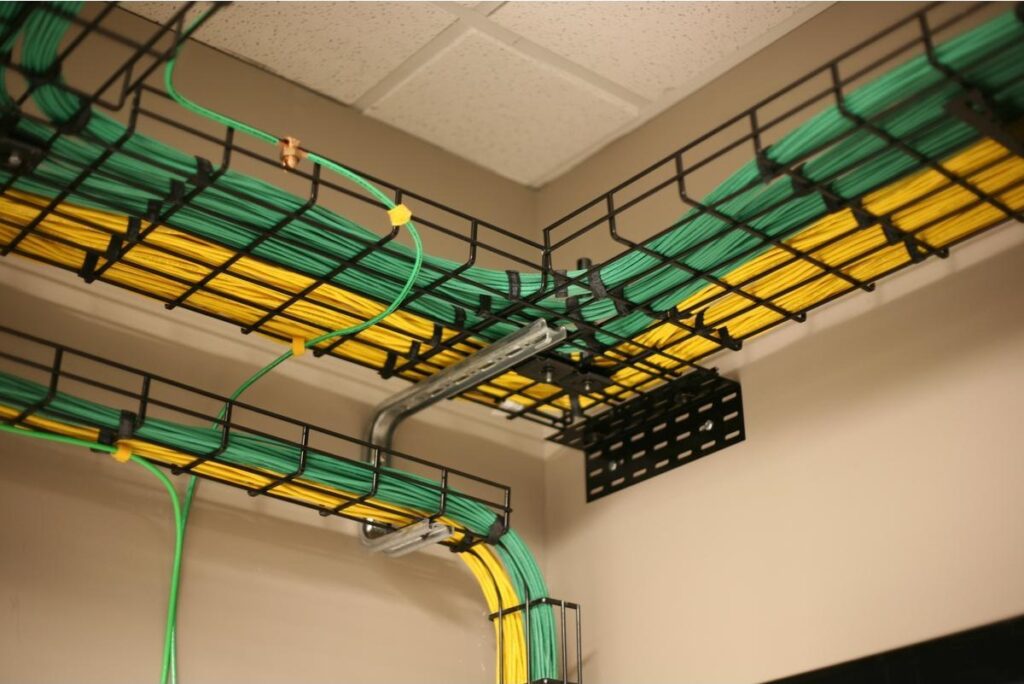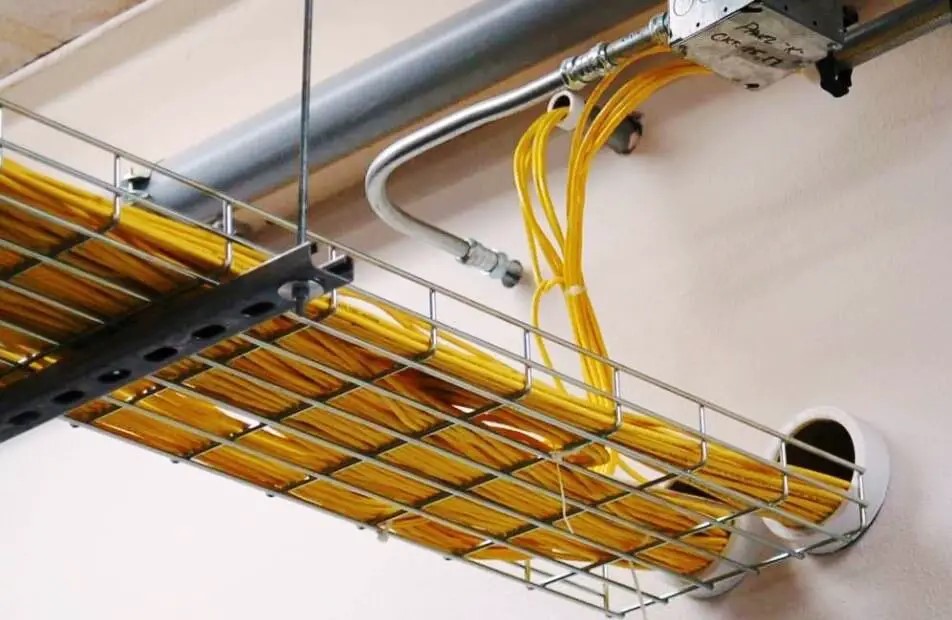Introduction
Data centers require efficient, reliable, and scalable cable management solutions to handle massive networks of power and data cables. Among the various options available, wire mesh cable trays stand out as a superior choice due to their ventilation, flexibility, durability, and ease of maintenance.
In this blog, we’ll explore why wire mesh cable trays are the ideal solution for modern data centers, their key benefits, and how they outperform traditional alternatives.

1. Superior Airflow & Heat Dissipation
Data centers generate significant heat due to high-density server racks and networking equipment. Overheating can lead to hardware failure and reduced efficiency.
✅ Open Design – Wire mesh trays allow unrestricted airflow, preventing heat buildup around cables.
✅ Prevents Hotspots – Better ventilation reduces the risk of overheating, improving system reliability.
✅ Lowers Cooling Costs – Enhanced airflow reduces dependency on excessive cooling systems, cutting energy expenses.
2. Easy Cable Access & Maintenance
Data centers frequently upgrade or reconfigure their cabling setups. Wire mesh trays simplify these processes.
✅ Tool-Free Adjustments – Cables can be added, removed, or rerouted without disassembling the tray.
✅ Quick Troubleshooting – IT teams can easily inspect and trace cables, reducing downtime during repairs.
✅ Supports High-Density Cabling – Organizes thousands of cables neatly while keeping them accessible.
3. Lightweight Yet Durable Construction
Unlike solid-bottom trays, wire mesh cable trays are lightweight yet strong, making them perfect for data center environments.
✅ Corrosion-Resistant Materials – Often made from galvanized steel or stainless steel, ensuring longevity.
✅ High Load Capacity – Supports heavy bundles of fiber optic and power cables without sagging.
✅ Fire-Resistant – Non-combustible materials enhance safety in case of electrical faults.
4. Cost-Effective & Scalable Solution

Data centers need future-proof solutions that adapt to growing infrastructure demands.
✅ Modular Design – Easily expandable as the data center grows.
✅ Lower Installation Costs – Lightweight trays reduce labor and mounting expenses.
✅ Reduced Maintenance Costs – Minimal upkeep required compared to enclosed trays.
5. Compliance with Industry Standards
Wire mesh cable trays meet key data center standards, including:
✔ TIA-942 (Telecommunications Infrastructure Standard for Data Centers)
✔ BICSI (Best practices for IT cabling)
✔ NFPA 70 (NEC) – Safety compliance for electrical installations
Wire Mesh vs. Solid-Bottom Cable Trays: Which is Better for Data Centers?
| Feature | Wire Mesh Cable Trays | Solid-Bottom Trays |
| Airflow | ✅ Excellent ventilation | ❌ Restricted airflow |
| Cable Access | ✅ Easy maintenance | ❌ Harder to modify |
| Weight | ✅ Lightweight | ❌ Heavier |
| Cost | ✅ More cost-effective | ❌ Higher installation cost |
Conclusion

For data centers, wire mesh cable trays offer the perfect balance of performance, flexibility, and cost-efficiency. Their open design enhances cooling, simplifies maintenance, and supports high-density cabling—making them the ideal choice for modern data center infrastructure.
Upgrade your data center’s cable management today! [Contact us] for expert recommendations and high-quality wire mesh cable tray solutions.
